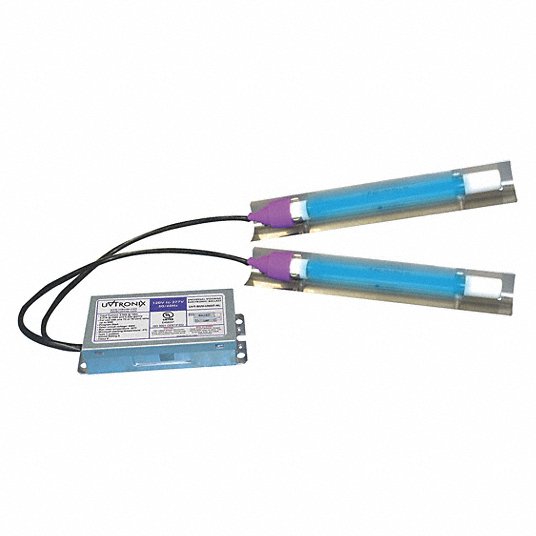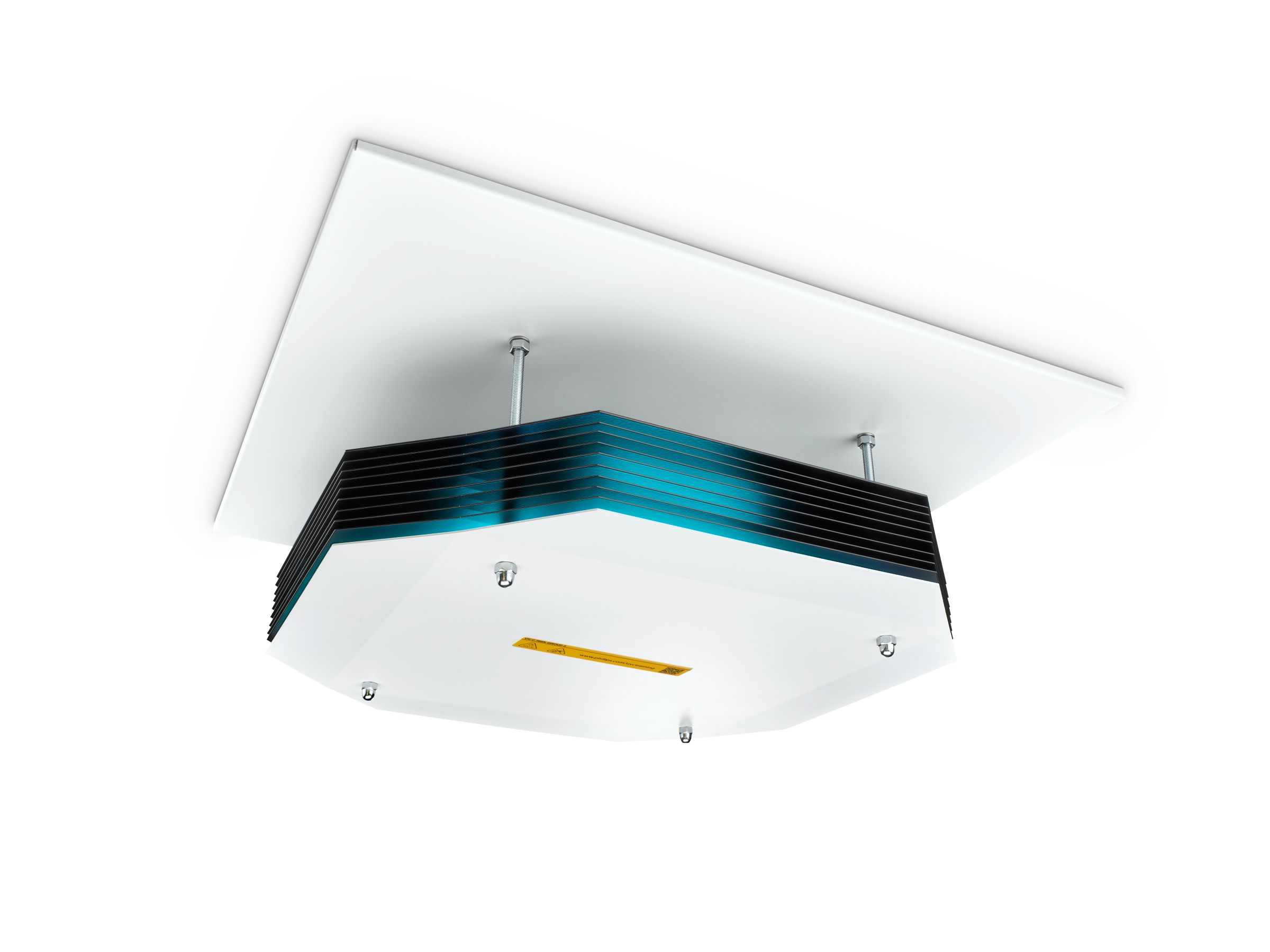Unveiling the Power of Far-UVC in UV Sanitizers: Next-Level Security for Your Room
Much UVC Light: A Game-Changer in the Battle Versus Airborne Pathogens
In the ever-evolving fight versus airborne microorganisms, the development of much UVC light has triggered considerable passion and capacity. What precisely is much UVC light, and just how does it function?
The Science Behind Far UVC Light
The scientific principles underlying the usage of Far UVC light as a prospective remedy for combating airborne microorganisms are both detailed and promising. Far UVC light refers to a certain array of ultraviolet (UV) light wavelengths, usually in between 207 and 222 nanometers, which have actually been discovered to effectively kill or suspend microbes such as bacteria and viruses. Unlike traditional UVC light, which has a much shorter wavelength and is recognized for its germicidal residential or commercial properties however can likewise damage human skin and eyes, Far UVC light has actually been revealed to be secure for human exposure.
The key mechanism behind the effectiveness of Far UVC light depend on its capability to permeate and ruin the hereditary product of bacteria, including their DNA and RNA. When subjected to Far UVC light, the hereditary product goes through a procedure called photodimerization, where nearby bases in the DNA or RNA particle bind together, stopping duplication and making the microbe incapable to create or duplicate infection.

Exactly How Much UVC Light Works
Far UVC light runs by making use of certain ultraviolet wavelengths to successfully reduce the effects of microorganisms and prevent their replication, making it an encouraging solution for combating air-borne microorganisms. Unlike conventional UVC light, which is unsafe to human skin and eyes, much UVC light has shorter wavelengths, typically in the series of 207 to 222 nanometers (nm), that do not permeate the external layer of the skin or the tear layer of the eye. This makes it risk-free for continuous human direct exposure, while still being lethal to viruses and microorganisms.
The efficiency of much UVC light depend on its capacity to ruin the dna and penetrate and RNA of bacteria. When revealed to much UVC light, the hereditary material of these microorganisms is harmed, rendering them incapable to replicate and contaminate cells. In addition, studies have actually revealed that far UVC light can successfully suspend airborne infections, such as flu, measles, and coronaviruses, including SARS-CoV-2, the virus in charge of COVID-19.
In addition, far UVC light is likewise efficient in disinfecting surfaces and items in an encased room. By installing far UVC lights or making use of mobile far UVC light devices, it is possible to continuously disinfect the air and surfaces, minimizing the threat of air-borne transmission of pathogens.
Advantages of Far UVC Light
Using far UVC light deals a variety of significant benefits in combating airborne pathogens and ensuring a more secure environment for continual human direct exposure. One of the vital benefits of much UVC light is its capability to effectively counteract various kinds of damaging bacteria, infections, and fungi without creating harm to human beings. Unlike conventional UV light, which can be unsafe to human skin and eyes, far UVC light has a much shorter wavelength that enables it to target and damage microorganisms while posing very little threat to human health and wellness.

Furthermore, far UVC light is much more secure for the setting compared to conventional sanitation approaches. Chemical disinfectants typically consist of harmful ingredients that can have unfavorable influence on the setting. Much UVC light, on the other hand, does not produce any type of dangerous results or deposits, making it an extra environment-friendly and lasting option.
Applications of Far UVC Light
Among the vital usages for much UVC light remains in the area of air filtration and sanitation. Much UVC light has actually confirmed to be reliable in removing air-borne virus such as fungi, bacteria, and infections. This innovation works by discharging a details wavelength of light that can passing through the external layers of bacteria and damaging their DNA, rendering them incapable and non-active to replicate. Unlike traditional UV light, far UVC light is safe for human exposure, making it ideal for continual use in public spaces such as workplaces, medical facilities, and schools.
Another application of much UVC light remains in the healthcare industry. It can be utilized to decontaminate healthcare facility areas, running theaters, and medical devices, reducing the risk article source of healthcare-associated infections. Furthermore, much UVC light can be incorporated into a/c systems to detoxify the air flowing in structures, providing an added layer of security against air-borne microorganisms.
In addition, far UVC light can be utilized in the food industry to stop foodborne health problems. It can be used to decontaminate food processing facilities, killing bacteria and other microorganisms that may contaminate food products.
Future Ramifications of Far UVC Light
The prospective future applications of far UVC light are huge and hold pledge for different markets and markets. Among the crucial locations where far UVC light might have a considerable effect is in health care settings. Centers and medical facilities could utilize much UVC light to decontaminate individual spaces, operating theaters, and waiting locations, minimizing the danger of healthcare-associated infections - far-uvc. This can potentially result in improved patient end results and lowered health care expenses.
In addition, using far UVC light in public areas such as airports, train terminals, and mall can help regulate the spread of airborne virus. By continuously decontaminating these areas, the threat of transmission could be significantly minimized, providing a much safer environment for individuals.
An additional prospective application of much UVC light is in the food market. Much UVC light could be made use of to disinfect food prep work surface areas, packaging products, and storage space areas. This might aid avoid the contamination of food and lower the occurrence of foodborne health problems.
Additionally, much UVC light can be used in HVAC systems to sanitize the air flowing in buildings. This might be particularly useful in jampacked spaces such as workplaces, cinemas, and find this schools, where the danger of air-borne transmission is greater.
Conclusion
In final thought, far UVC light has emerged as a game-changer in the fight against airborne pathogens. From public spaces to healthcare setups, much UVC light deals many advantages in minimizing the transmission of illness.
Far UVC light refers to a specific range of ultraviolet (UV) light wavelengths, typically between 207 and 222 nanometers, which have actually been located to successfully kill or inactivate microbes such as microorganisms and infections. far-uvc. Unlike standard UVC light, which has a much shorter wavelength and is understood for its germicidal homes yet can likewise hurt human skin and eyes, Far UVC light has been revealed to be risk-free for human exposure
Unlike standard UVC light, which is dangerous to human skin and eyes, far UVC light has shorter wavelengths, commonly in the variety of 207 to 222 nanometers (nm), that do not penetrate the external layer of the skin or the tear layer of the eye. Unlike traditional UV light, which can be hazardous to human skin and Website eyes, much UVC light has a much shorter wavelength that allows it to target and damage pathogens while posturing very little risk to human wellness.
Unlike traditional UV light, much UVC light is risk-free for human exposure, making it appropriate for continuous usage in public spaces such as offices, institutions, and hospitals.